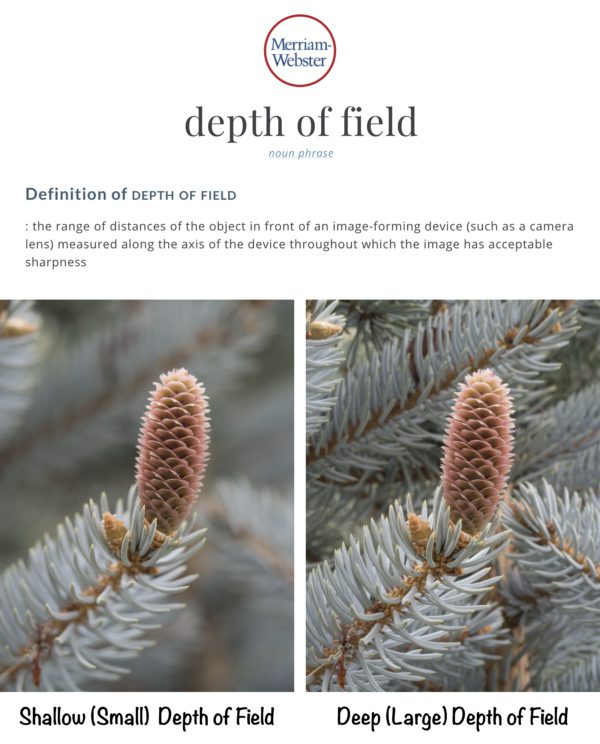

A binary operation on F is a mapping F × F → F, that is, a correspondence that associates with each ordered pair of elements of F a uniquely determined element of F. Classic definition įormally, a field is a set F together with two binary operations on F called addition and multiplication. This allows one to also consider the so-called inverse operations of subtraction, a − b, and division, a / b, by defining:Ī − b := a + (− b), a / b := a ⋅ b −1. Informally, a field is a set, along with two operations defined on that set: an addition operation written as a + b, and a multiplication operation written as a ⋅ b, both of which behave similarly as they behave for rational numbers and real numbers, including the existence of an additive inverse − a for all elements a, and of a multiplicative inverse b −1 for every nonzero element b. Function fields can help describe properties of geometric objects. Number fields, the siblings of the field of rational numbers, are studied in depth in number theory. Most importantly for algebraic purposes, any field may be used as the scalars for a vector space, which is the standard general context for linear algebra. Basic theorems in analysis hinge on the structural properties of the field of real numbers. This includes different branches of mathematical analysis, which are based on fields with additional structure. Moreover, it shows that quintic equations are, in general, algebraically unsolvable.įields serve as foundational notions in several mathematical domains.

Among other results, this theory shows that angle trisection and squaring the circle cannot be done with a compass and straightedge. Galois theory, initiated by Évariste Galois in the 1830s, is devoted to understanding the symmetries of field extensions. The relation of two fields is expressed by the notion of a field extension. Most cryptographic protocols rely on finite fields, i.e., fields with finitely many elements. Many other fields, such as fields of rational functions, algebraic function fields, algebraic number fields, and p-adic fields are commonly used and studied in mathematics, particularly in number theory and algebraic geometry.

The best known fields are the field of rational numbers, the field of real numbers and the field of complex numbers. A field is thus a fundamental algebraic structure which is widely used in algebra, number theory, and many other areas of mathematics. In mathematics, a field is a set on which addition, subtraction, multiplication, and division are defined and behave as the corresponding operations on rational and real numbers do.


 0 kommentar(er)
0 kommentar(er)
